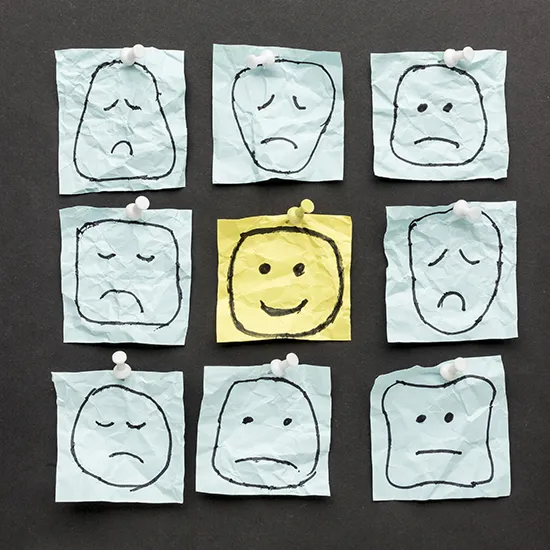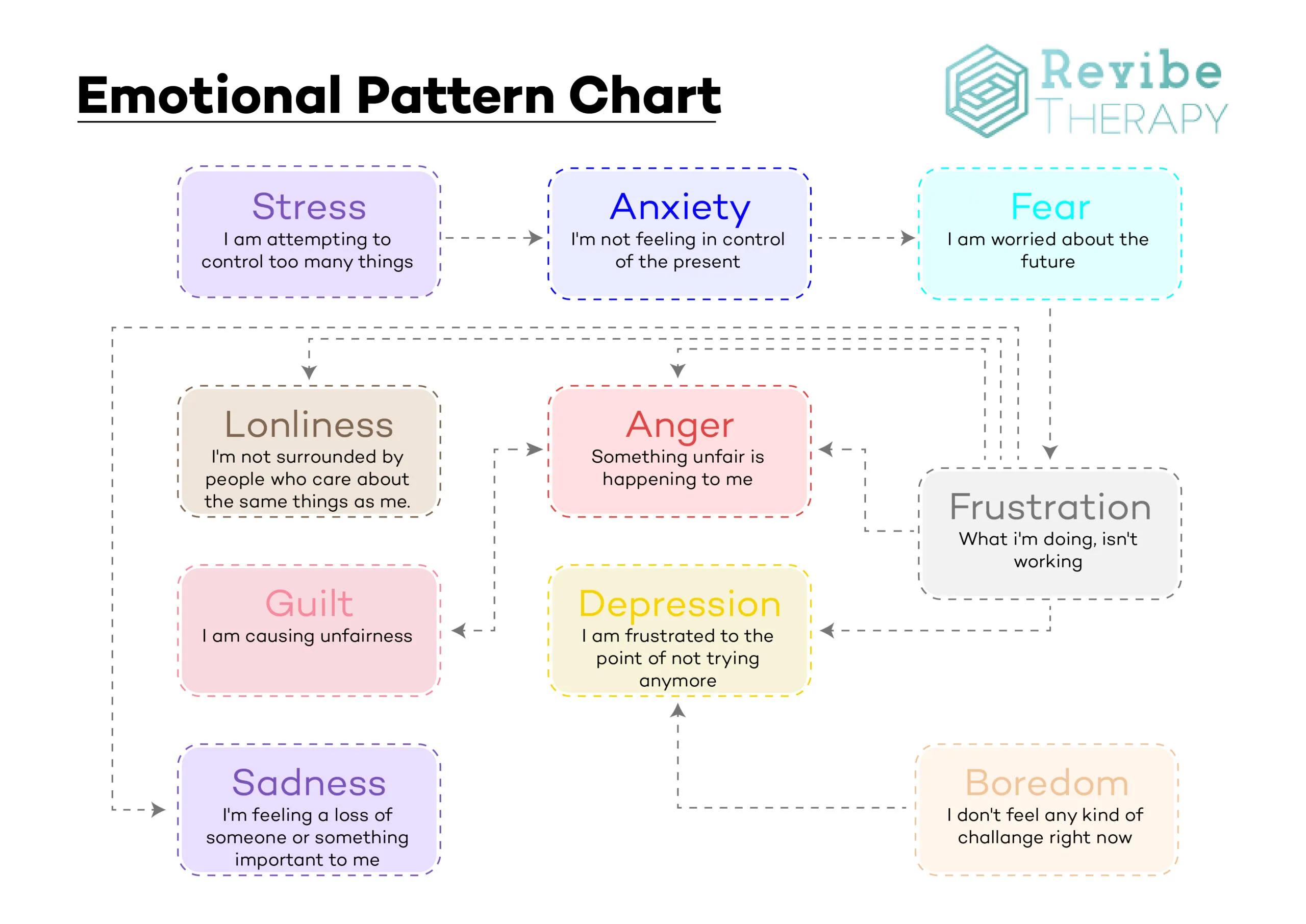Are You Feeling Stressed, Anxious, or Just Overwhelmed? Let’s Break It Down.
Let’s be real—life is demanding. You’ve got work, responsibilities, expectations, and somehow, you’re supposed to balance it all perfectly, right? But have you ever stopped to ask yourself: What exactly am I feeling?
Is it stress? Anxiety? Frustration? Depression? These feelings often get tangled up, making it hard to pinpoint what’s really happening. But don’t worry—that’s exactly what we’re about to untangle.
Stress: The Ultimate Juggler’s Struggle
Ever feel like you’re trying to do everything at once, and yet nothing is actually getting done? That’s stress. Stress is your brain’s way of saying, “Hey, you’re taking on too much, and I’m officially overwhelmed.”
And here’s a hard truth: multitasking is a myth. It doesn’t exist. Even computers don’t actually multitask—they just switch between tasks so fast that it looks like they do. Humans? We’re even worse at it.
When you focus on one thing at a time and actually finish it, your brain rewards you with dopamine—the “feel-good” neurotransmitter. But if you keep bouncing between tasks, constantly shifting your focus, that dopamine release never happens properly. Instead, you feel drained, stuck, and—yep—stressed.

Anxiety: The Fear of What’s Next
So, what happens when stress takes over? You start to feel like you’re losing control of the now—which makes you worry about the future. This is anxiety.
It sounds like this: “What if I can’t get everything done?” “What if I mess up?” “What if I fail?”
But here’s the kicker: Anxiety isn’t actually about the future. It’s about not feeling in control of the present. Think about that for a second. If you felt totally in control of this moment, would you still be worried about tomorrow?
Frustration: The Crossroads Emotion
Now let’s say you keep trying to fix things, but nothing seems to work. That’s when frustration kicks in.
Frustration says: “No matter what I do, it’s not working.”
If you’ve ever thought, “Why even try? What’s the point?”—that’s frustration taking you to a dangerous place. Because when frustration lingers for too long, it can go one of two ways:
- It turns into Anger – You feel like an injustice has been done to you (or someone you care about). But anger has a twin sibling: Guilt. The aftermath of anger often leaves us regretting the damage we caused.
- It turns into Hopelessness (Depression) – When nothing seems to work, you might think, “I give up.” And giving up can turn into not caring, withdrawing, and feeling stuck in a deep, emotional fog.
Boredom: The Sneaky Emotional Trap
Now, let’s talk about a feeling that people often underestimate: boredom.
You might think boredom is harmless, but here’s something surprising—it can lead directly to depression, skipping frustration entirely. Why? Because boredom isn’t just “having nothing to do.” It’s the lack of challenge, growth, or meaning.
Ever been insanely busy but still bored out of your mind? That’s because your brain craves engagement, not just activity. You could work 100 hours a week, but if it’s all repetitive, predictable, and uninspiring, your mind starts shutting down.
So, What’s The Solution?
First, recognize what you’re actually feeling. Stress, anxiety, frustration, sadness, anger, boredom—they all have different roots. The key is to stop treating them as one giant mess and start addressing them for what they really are.
And second? Take back control of the present. Not tomorrow. Not next week. Right now. Because when you regain control of today, the future starts feeling a lot less terrifying.
So, tell me—which feeling have you been struggling with the most lately? Let’s start there.


Solution-Based Response (SBR): The Key to Emotional Mastery
Your Feelings Are Not the Enemy—They’re Your Internal Compass
Ever wondered why emotions feel so overwhelming? The truth is, they’re not here to destroy you—they’re here to guide you. Just like your five senses help you navigate the physical world (what you taste, touch, hear, smell, and see), your emotions are your inner senses, signaling what’s happening within.
But here’s where things get tricky: When a feeling becomes too uncomfortable, we tend to distract ourselves instead of addressing it.
Think about it. When you’re stressed, anxious, or frustrated, what do you do? Do you binge-watch Netflix? Scroll endlessly on social media? Work yourself into exhaustion? Maybe drink a little too much?
Distractions come in three forms:
- 1️⃣ Habits – Automatic responses that keep you busy but don’t fix the issue.
- 2️⃣ Coping Skills – Temporary relief, but no long-term solution.
- 3️⃣ Addictions – When the distraction controls you instead of the other way around.
The problem with distractions? They don’t last and they don’t solve the real problem.
The good news? Every feeling has a satisfying response—a way to process it, rather than avoid it.
Let’s Break It Down: What’s the SBR for Each Emotion?
Stress: The Overload Syndrome
Stress happens when you try to control too many things at once and do them too perfectly. So, what’s the satisfying response (SBR) for stress? Take a wild guess.
✅ SBR for Stress: Focus On One Thing At A Time
You can’t do everything at once—but you can prioritize. Write down what you need to do, number them in order of importance, and tackle one thing at a time. Delayed gratification is your best friend here. Do what needs to be done first, and then reward yourself later.


Anxiety: Fear of What’s Next
Anxiety sounds like: “What if I fail? What if I mess up? What if something goes wrong?”
So, what’s the SBR for Anxiety?
✅ SBR for Anxiety: Take Control Of What You Can And Let Go Of What You Can’t.
If you’ve already implemented the SBR for Stress (focusing on one thing at a time), you’ve already done half the work. The rest? Letting go.
Letting go is a spiritual choice. Every major belief system understands this:
- Buddhism teaches surrender to overcome.
- Aikido (a martial art) teaches waiting for the opponent to strike, then redirecting their energy—never forcing control.
- Christianity teaches surrendering burdens to God.
- Atheism & Agnosticism focus on surrendering to the present moment—because neither the past nor future truly exist right now.
Here’s the kicker: You already know how to be present. Think of the happiest moment in your life—chances are, you were fully in the moment. As children, we did this effortlessly. As adults, we let stress and anxiety pull us away. The good news? You can train yourself back into presence and experience more joy.
Frustration: The Crossroads Emotion
Frustration happens when: “What I’m doing is not working.”
So, what’s the SBR for Frustration?
✅ SBR for Frustration: Try Something Different
Sounds simple, right? But here’s why people stay stuck—because of the precursor emotion: Anxiety. They’re afraid to try something new because of fear of failure. But if what you’re doing isn’t working, isn’t that already a failure?
You don’t need certainty to move forward—you just need movement.


Depression: The Shutdown
Depression follows repeated frustration. It sounds like: “I’ve tried. Nothing works. I don’t want to try anymore.”
So, what’s the SBR for Depression?
✅ SBR for Depression: Start Trying Again
It’s not about motivation—it’s about discipline. When you train yourself to do the things you don’t want to do, you create momentum. Discipline is the strongest antidepressant.
Anger: The Injustice Detector
Anger happens when you—or someone you care about—experiences injustice. But anger has a twin sister: Guilt. Anger is outward, guilt is inward. Both leave a mess behind.
So, what’s the SBR for Anger?
✅ SBR for Anger & Guilt:
- Ask yourself: Is this truly unfair?
- Make fair what is unfair—if you have the power to.
- Forgive. (Forgiveness isn’t about forgetting or condoning—it’s about freeing yourself.)
- If guilt is the issue, forgive yourself.


Sadness: The Feeling of Loss
Sadness isn’t the same as depression—it’s grief. The loss of someone, something, or even a version of yourself.
So, what’s the SBR for Sadness?
✅ SBR for Sadness: Regain What You Lost -Or Replace It In A Meaningful Way.
You can’t replace people. But you can rebuild your life, find new support, and honor what you’ve lost by continuing to grow.
Loneliness: The Need for Connection
Have you ever felt lonely in a crowded room? That’s because loneliness isn’t about being around people—it’s about being around the right people.
✅ SBR for Loneliness: Seek Out Meaningful Connection – People Who Truly Align With You.
Find people who care about what you care about. That’s where real connection happens.


Boredom: The Most Dangerous Emotion
Boredom is not “having nothing to do.” It’s the lack of a challenge, a lack of growth.
So, what’s the SBR for Boredom?
✅ SBR for Boredom: Pursue Growth.
New cars, new houses, new experiences—they all lose their excitement. But growth? Growth never stops giving.
And here’s the best part: Spiritual growth is infinite.
- You can never over-meditate.
- You can never over-pray.
- You can never over-seek wisdom.
Every day, you can strive to become a stronger, wiser, and more enlightened version of yourself.
Final Thought: Where Do You Feel Your Emotions?
One last question: Where do you feel your emotions in your body?
Stress in your shoulders?
Anxiety in your chest?
Anger in your jaw?
Frustration in your gut?
Your body knows your emotions before your mind does. Start paying attention.
And now, I’ll leave you with this: Which feeling are you dealing with most right now? Let’s start there.
Begin your transformation today at Revibe Therapy. Connect with us to schedule your first session and step onto the path of confidence with the support of our expert hypnotherapists and NLP practitioners. Your most confident self awaits.



 Most often it is not the situation, but how we think about the situation that causes our feelings. How we think about situations is based on what we have learned and experienced in the past. Over time we may begin to react in ways that do not help us, and start feeling stuck and unhappy.
Most often it is not the situation, but how we think about the situation that causes our feelings. How we think about situations is based on what we have learned and experienced in the past. Over time we may begin to react in ways that do not help us, and start feeling stuck and unhappy. Dr. Ivey, Psy.D. completed her doctorate in Clinical Psychology with a concentration in Organizational Consulting at Pacific University’s School of Graduate Psychology in Oregon. For her dissertation, Dr. Ivey conducted qualitative research on the effects of workplace discrimination and microaggressions on minority Veterans’ overall job satisfaction with their military career. She completed the APA-accredited Psychology Internship training program and Postdoctoral Residency at the Orlando VA Healthcare System.
Dr. Ivey, Psy.D. completed her doctorate in Clinical Psychology with a concentration in Organizational Consulting at Pacific University’s School of Graduate Psychology in Oregon. For her dissertation, Dr. Ivey conducted qualitative research on the effects of workplace discrimination and microaggressions on minority Veterans’ overall job satisfaction with their military career. She completed the APA-accredited Psychology Internship training program and Postdoctoral Residency at the Orlando VA Healthcare System. I know you’re stressed and exhausted while trying to keep up with the world’s go go go trials, trying to do it all perfectly. This “hustle” mentality makes all of us prone to mistakes and poor decisions. Your mind is overthinking at such a high pace by now that you no longer know where to find the off button, or recall when you turned it on in the first place. Trust me, I’ve been there, and in that dark place is where you start to feel worried and fearful about the future because you don’t feel in control of the now. Sound familiar?
I know you’re stressed and exhausted while trying to keep up with the world’s go go go trials, trying to do it all perfectly. This “hustle” mentality makes all of us prone to mistakes and poor decisions. Your mind is overthinking at such a high pace by now that you no longer know where to find the off button, or recall when you turned it on in the first place. Trust me, I’ve been there, and in that dark place is where you start to feel worried and fearful about the future because you don’t feel in control of the now. Sound familiar? Often, when we seek support through therapy, we seem to underestimate the power of our own role in the healing process. We have all carried metaphorical luggage filled with experiences and events that have impacted our life. I know that it has been hard for you to seek support in untangling those moments from the past that now provoke stress, anxiety, frustration, anger, loneliness, sadness, guilt, depression, or hopelessness. The fact that you are reading this means that you have the intention to become the best version of yourself.
Often, when we seek support through therapy, we seem to underestimate the power of our own role in the healing process. We have all carried metaphorical luggage filled with experiences and events that have impacted our life. I know that it has been hard for you to seek support in untangling those moments from the past that now provoke stress, anxiety, frustration, anger, loneliness, sadness, guilt, depression, or hopelessness. The fact that you are reading this means that you have the intention to become the best version of yourself.